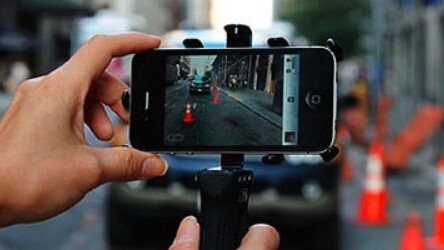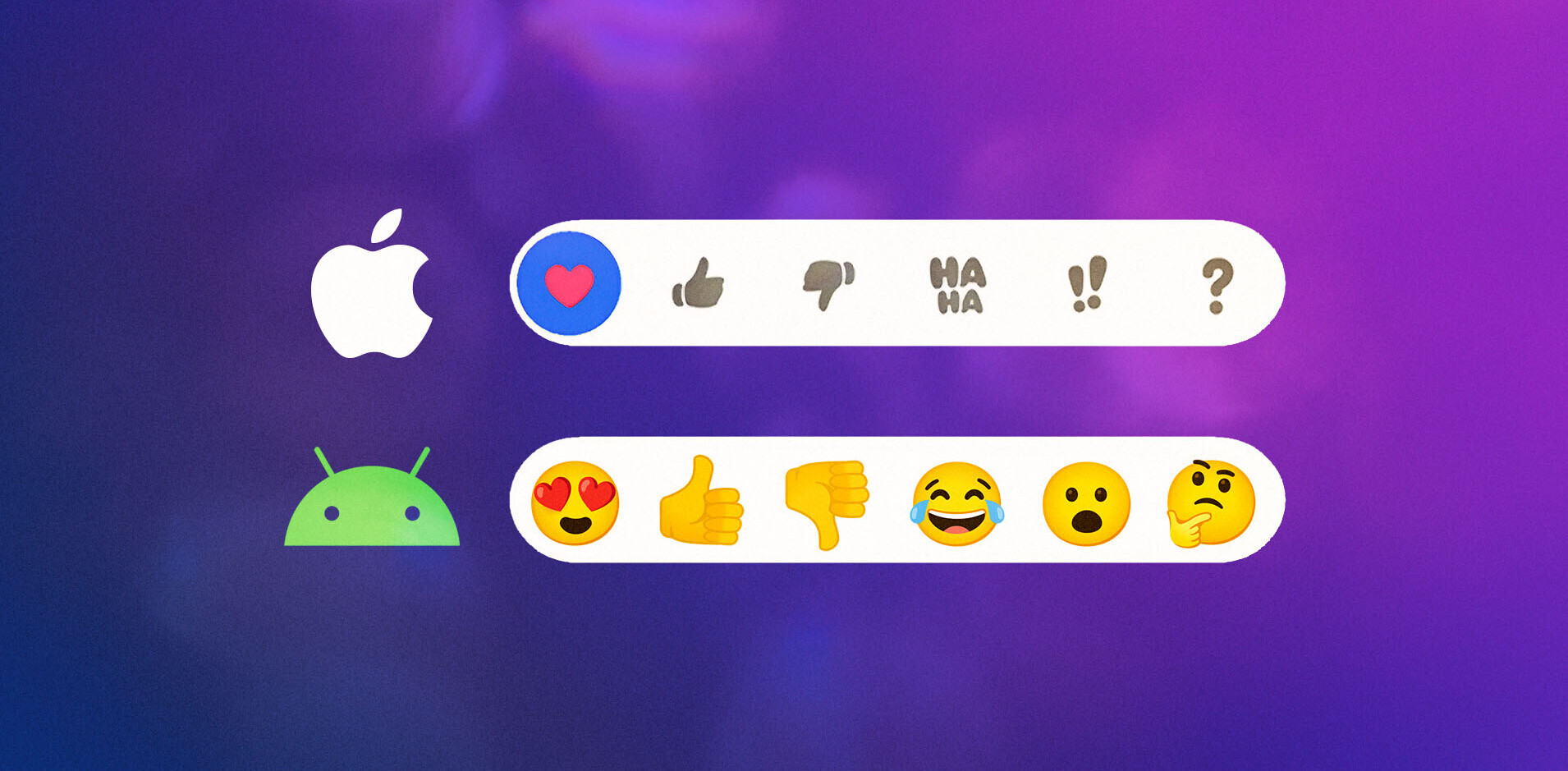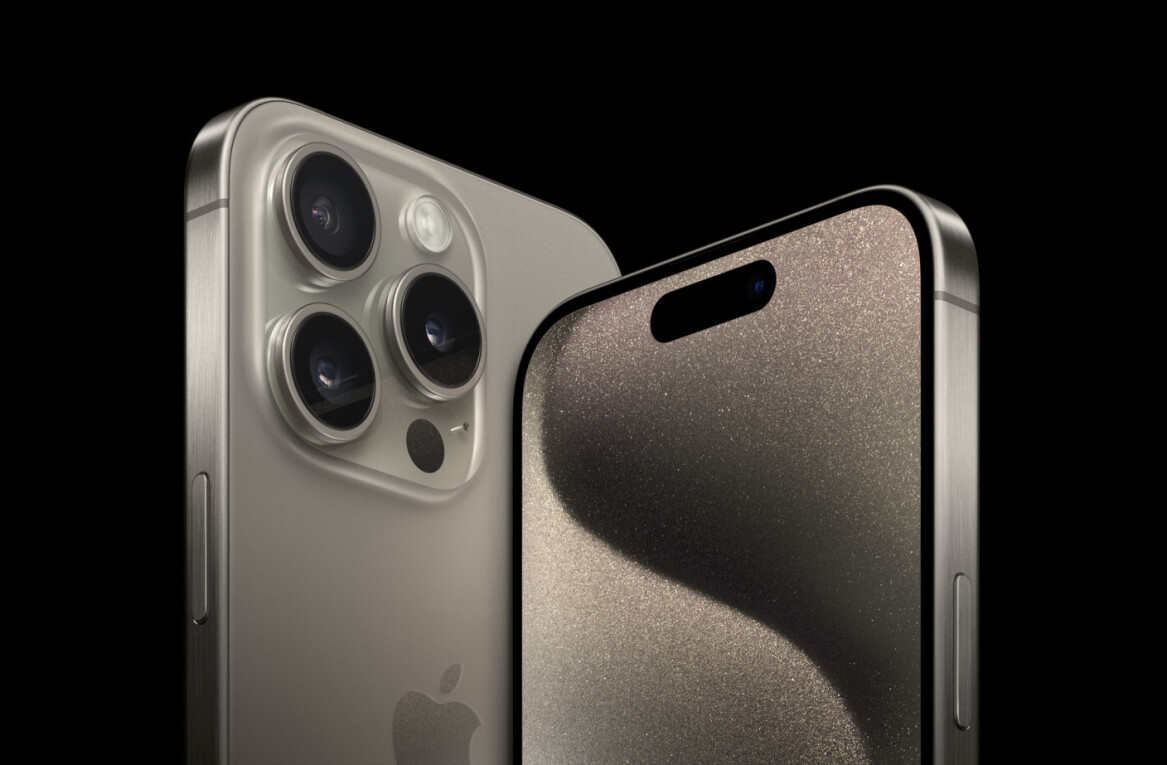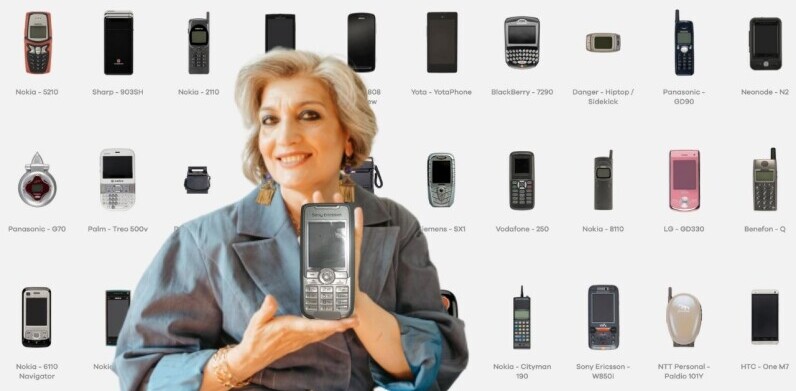
 Most mobile photographers using the iPhone 4 were geeked about the release of HDR in the native camera application and while it does often optimize the original image, it also commonly washes out the true colours. Enter TrueHDR.
Most mobile photographers using the iPhone 4 were geeked about the release of HDR in the native camera application and while it does often optimize the original image, it also commonly washes out the true colours. Enter TrueHDR.
TrueHDR enhances pictures with high dynamic range and produces rich-looking beautiful photos on the iPhone 4 & 3Gs and iPod Touch 4G.
It works by combining two images together, essentially by taking the best of both images and merging them into one final image. Each image is taken at different exposures and it seems to gather the richness of the colours from both pics coupled with processing an ideal lighting situation.
Photographers have a series of options available within the app to tweak the look of the image. If you’re a photo guru, using the manual and semi-auto modes will enable you to pick the exposure points yourself however there’s a quick option called auto mode that will adjust the images without any effort from the user.
Enhanced and Natural are the two preferred HDR modes that let users specify whether the image should look more natural or instead enhance the image to retain vivid colours. While manual, semi-auto and auto all require the user to take images within the TrueHDR camera, users additionally have the option to choose two images from the device’s photo library as it’s displayed in the photo below. After selecting two identical images (at different exposures) taken with the iPhone 4’s native camera, TrueHDR produced a much nicer image than the regular iOS HDR feature.

All of the examples we’ve provided were taken using auto mode, a mode that simply requires the users to tap the brightest and darkest portion of the images on the screen. This uses TrueHDR algorithms to figure out the proper exposures. The final product/image can be sent Twitter, Facebook or email and it will also save the photo to the device’s gallery.

Another advantage of using TrueHDR is its use of the front-facing camera. iPhone 4 users are limited to only using the back-facing camera in order to use the HDR feature unlike TrueHDR. And, if you’re using the 3GS and iPod Touch (4G) you can now reap the benefits of high dynamic range photos.
What it’s missing: the only thing that comes to mind is that it’s not ideal for action shots or any situation where the subject is moving. Since the app stitches together identical photos, shooting a dog won’t work unless you’re able to bribe him to sit very still.
We asked Yuanzhen Li of Pictional LLC, the creators of TrueHDR, why his app was better than the HDR feature in iOS.
IPhone 4’s native HDR often produces washed-out looking images. With TrueHDR, we go beyond the simple techniques and have taken great care in our algorithms to produce natural-looking images with great details and minimal artifacts. Although TrueHDR runs slower than Apple’s HDR, we think it often produces better results… For front cameras and iPod Touch 4G cameras, the “Enhanced” mode can sometimes make the pictures look grainy, but the”Natural” mode generates nice results. -Yuanzhen Li
All in all, the final results are stunning and in the examples we’ve taken, the colour truly does appear a bit more bold than the native HDR feature. TrueHDR’s newest update 2.2 brings geo-tagging and a few new enhancements including an improved image alignment feature that makes images more crisp and reduces those unwanted ‘ghost edges’, frequently an issue with mobile photography. TrueHDR is currently available for .99 at the app store.

Get the TNW newsletter
Get the most important tech news in your inbox each week.




